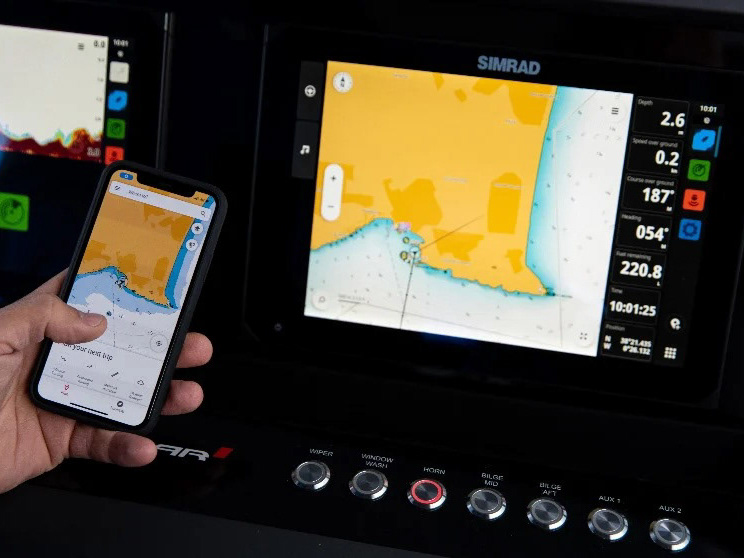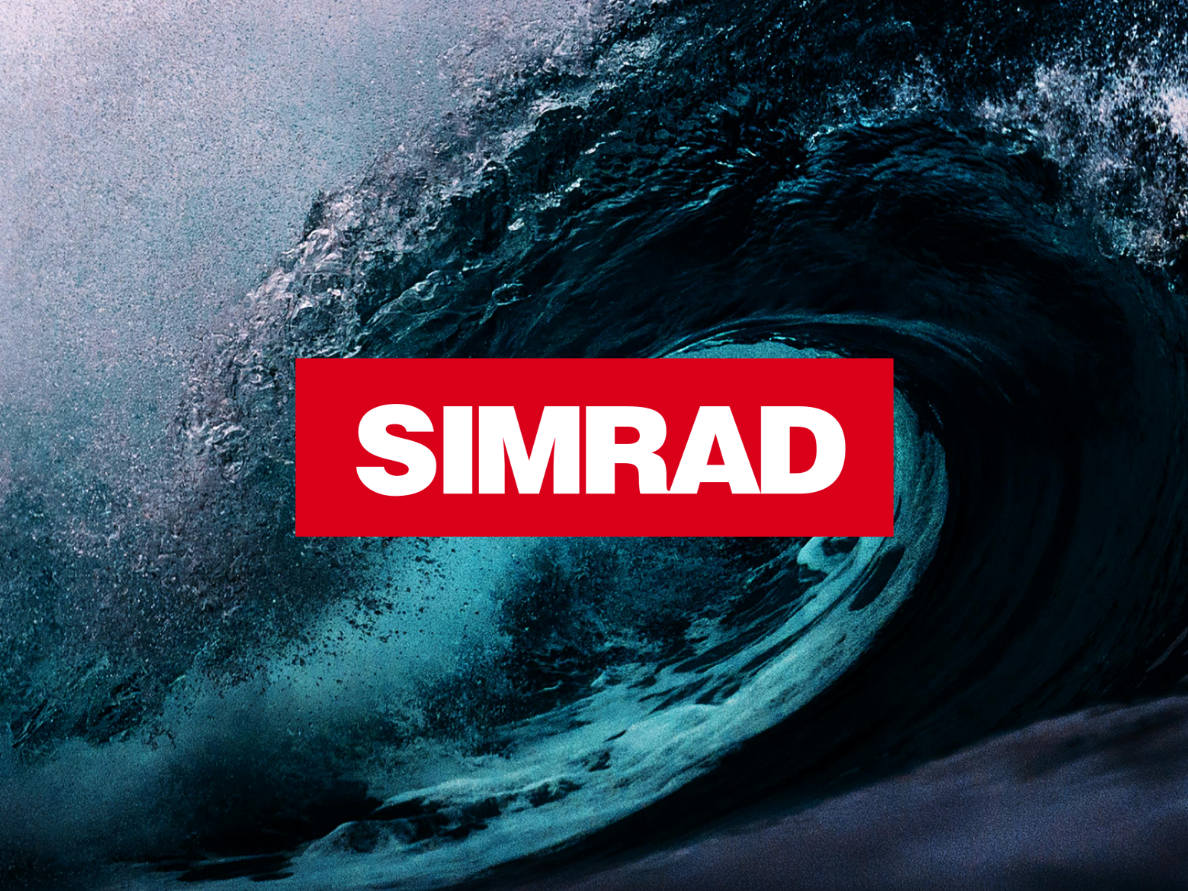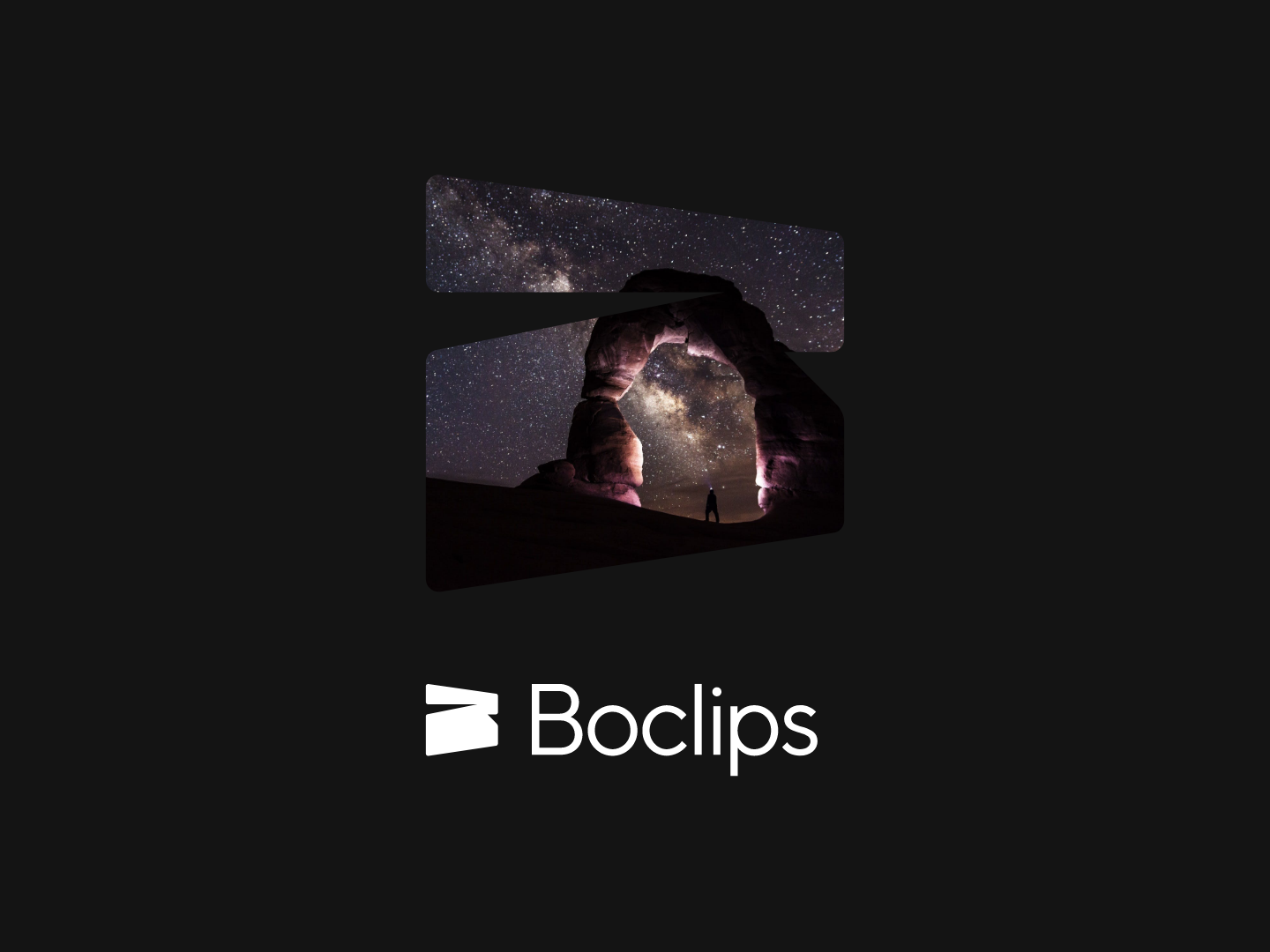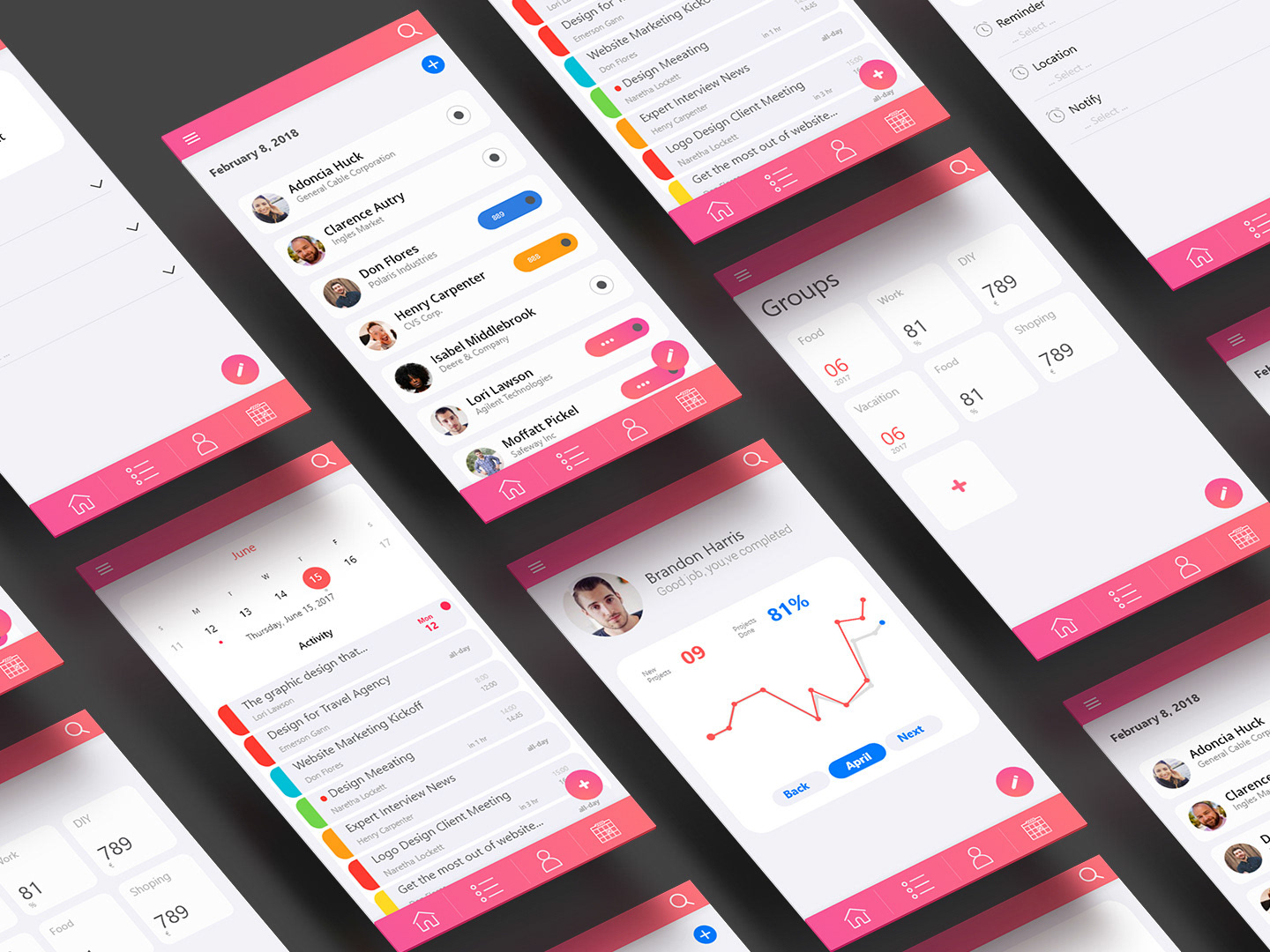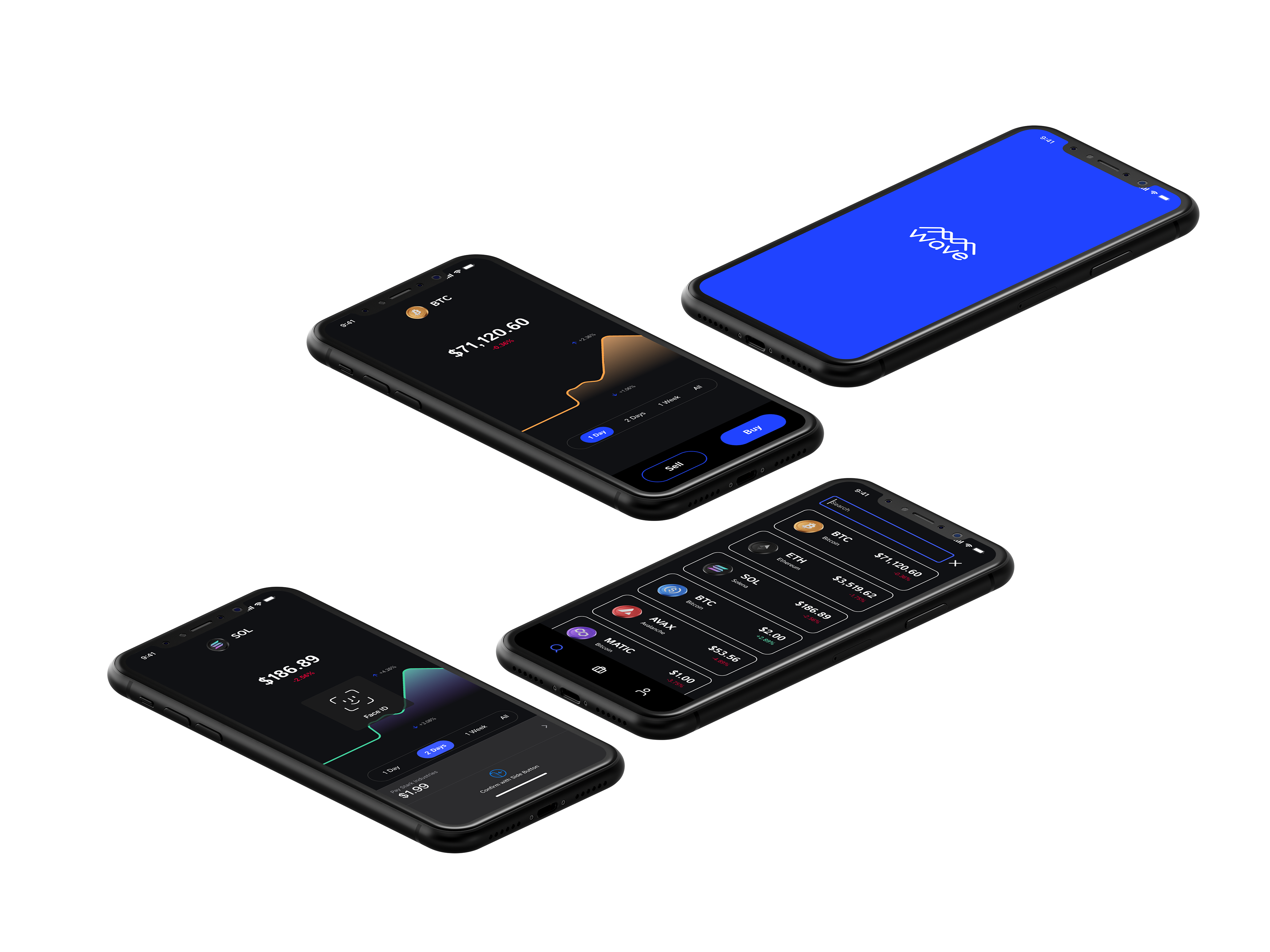::::: Creating human-centered content :::::
This project exemplifies the importance of using a human-centered design approach, where the photography that conveys a relatable story to the user is just as significant as any other aspect of the project.
I adopted a user-centric approach to develop content for the an Open Array for Simrad. Based on insights from our users, we created storyboards that incorporated both the web copy provided and the users' perspectives. Our main objective was to comprehend the various use cases, environments, and situations where the product would be most beneficial.
By carefully analyzing the insights gathered from our user-centric approach, we were able to develop a plan that incorporated the best possible conditions to showcase the product's features and benefits. The storyboards served as a useful tool for aligning the team's efforts and provided a clear vision of the end goal. Overall, the storyboarding process allowed us to craft a compelling and impactful narrative for the HALO Open Array for Simrad.
The storyboarding process proved to be instrumental in helping the team synchronize and organize the shoot effectively. It enabled us to strategically consider crucial moments that would capture the relevant environments, ensuring that the final product conveyed the desired message. By aligning our efforts through storyboarding, we were able to approach the project in a cohesive and streamlined manner, resulting in a more efficient and effective shoot.
One of the use cases involved capturing a boater using radar technology in an environment where visibility was low due to the time of day. To capture the product in night mode and the islet in the distance simultaneously, we had to depart at 5:00 am. This allowed us to also capture the mainland with its lights on, indicating that it was evening.
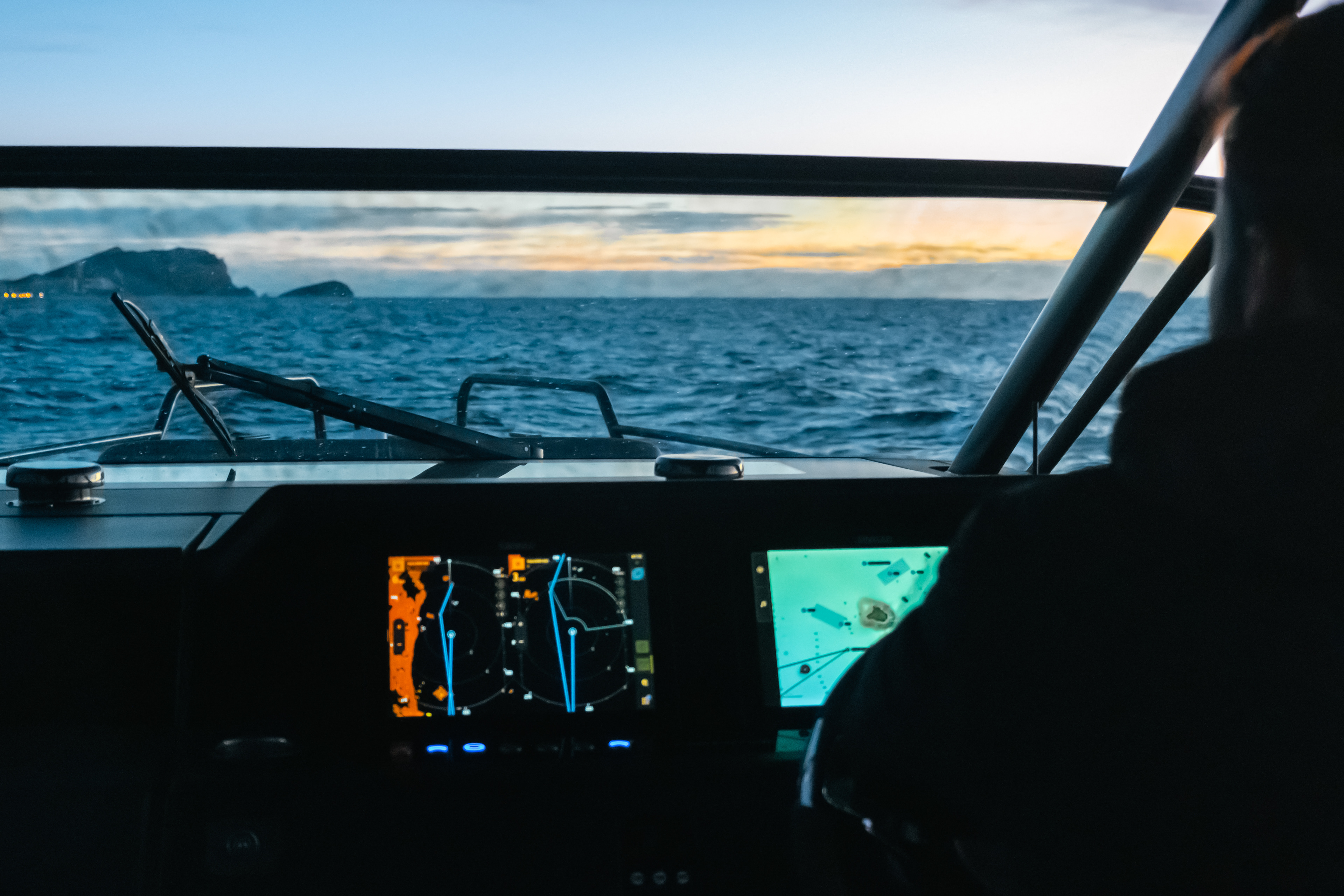

The product's danger alert function was showcased in a realistic environment using a real-life user case.
The demonstration shows that radar technology is needed during certain times of the day. Specifically, in this scenario, the radar is activated during low visibility at night while on the water and deactivated once the user has safely arrived at their destination.
The demonstration below showcases the user journey throughout the experience, specifically focusing on the captain's planning process.


The creation of rich, human-centered content required passion, effective time management, and collaboration. Here's a behind-the-scenes look at the process.




